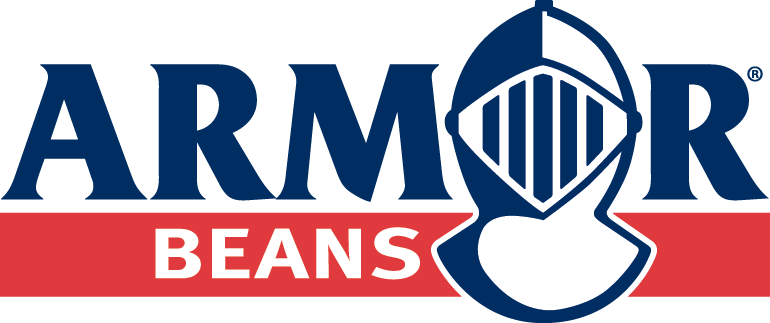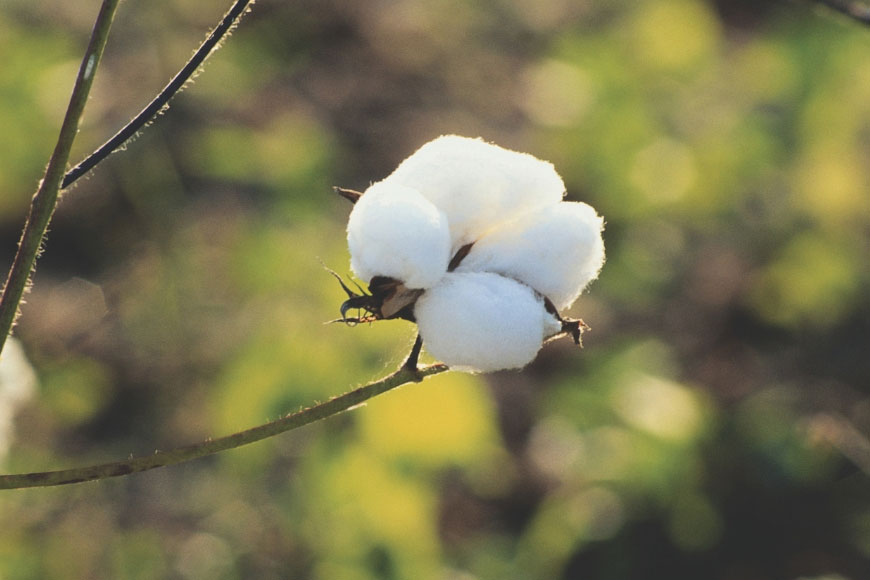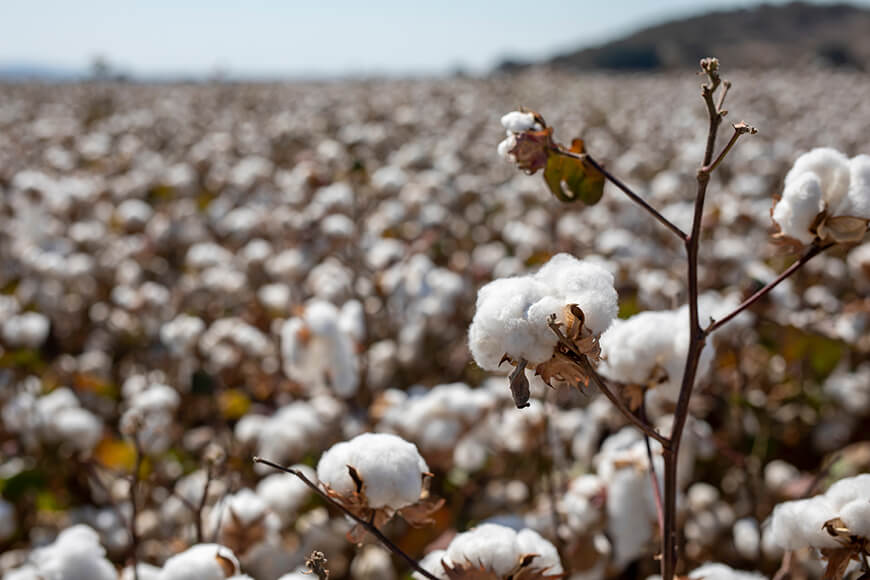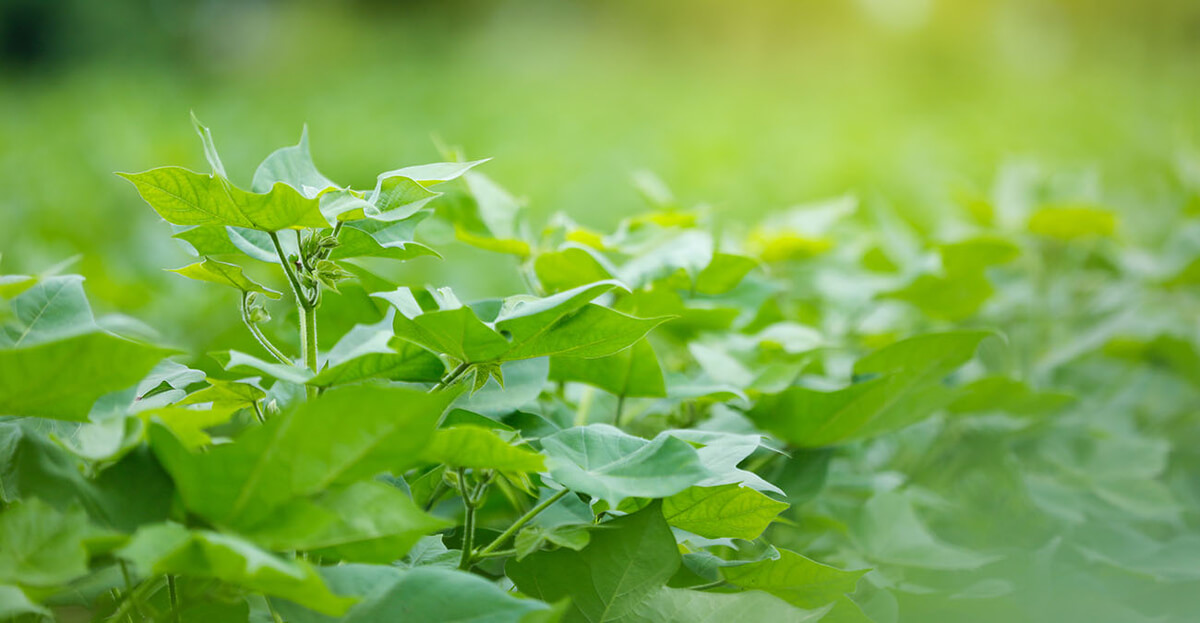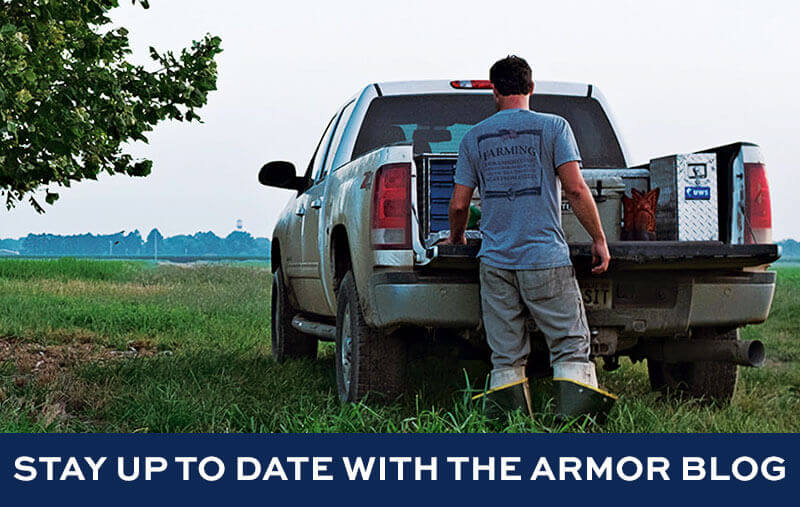Especially in difficult weather years—and few have escaped those conditions in 2019—one of the most difficult early-season management questions asked by soybean growers ask is “Should I replant a poor soybean stand or leave it alone?” Depending on where you are, this decision may be behind you. But for many who experienced planting delays, it is still a very relevant issue. The answer depends on a number of factors, and growers quickly need to make accurate stand and potential yield loss estimates to determine the most profitable course of action.
The first step all growers should take before making any replant decision is to identify what caused the poor stand. Did the seed fail to germinate, or did it germinate, then die? What caused poor emergence? Cool, wet soil? Poor seed quality? Inaccurate planter calibration? Seeding too deep or too shallow? Soil crusting? Herbicide injury? Insect feeding? Disease? Identifying the cause is important because if conditions have not changed, then replanting will simply repeat the problem.
Early planting or cool, wet planting season conditions can be a source of poor stand problems. Germination can be slow in early-planted fields. What’s more, planting in moist, cold soils (below 50ºF) can result in uneven, sporadic, or delayed emergence, giving the false sense of a poor stand. Delayed germination or emergence can make seed more susceptible to disease and other pressures. Seed treated with fungicide will not hasten emergence, but it can provide some protection in cool soils for up to three weeks if emergence is delayed. If the plant population seems low in an early-planted field, scout the field by digging up seeds and checking for germination. Look for swollen seeds, plus radicle and hypocotyl growth that would indicate whether a seed is beginning to germinate or is close to emergence. Remember, depending on growing conditions, it can take six to 36 days for soybean seeds to reach the VE growth stage. After plants emerge, weather, animals, insects, or diseases can cause poor stands. Again, the important thing is to scout each field to determine what caused the thin stand. If necessary, call on a specialist who can provide an accurate diagnosis. Only then can growers determine whether replanting or other actions are required for successful stand establishment.
There are two common methods for estimating plant populations: counting plants in a row and using the hula hoop method. No matter which method you use, be sure to count only live plants. Any plant with a stem broken off below the cotyledonary node is considered dead. Plants with missing leaves can recover, but stem damage is more detrimental. Even plants with bruised stems may have difficulty surviving.
Once the plant population is known, growers can use the following table to estimate the expected yield percentage. If specific field locations are a concern, separately determine the stand in those areas.
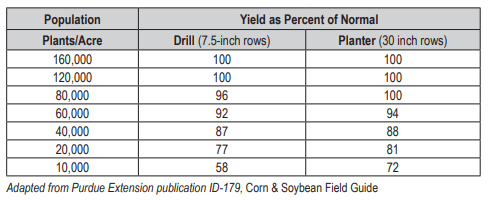
The decision on whether to replant a field should be based on expected returns. A replant is, in effect, a late planting that will likely decrease potential yield. But, every situation should be evaluated individually because a plant population of 100,000 with an even stand (this is key) can still see 100 percent of yield. Once into June in most areas, a population of 90-95,000 (with an even stand) can see good yield. Decisions through the first two weeks of June are critical. Growers should consider and evaluate the cost of seed, fuel, machinery, pesticides, labor, and other expenses when making a decision.
Find a handy soybean replant calculator in the ‘Tools’ section of both the Armor Seed app and the Armor Seed website.

